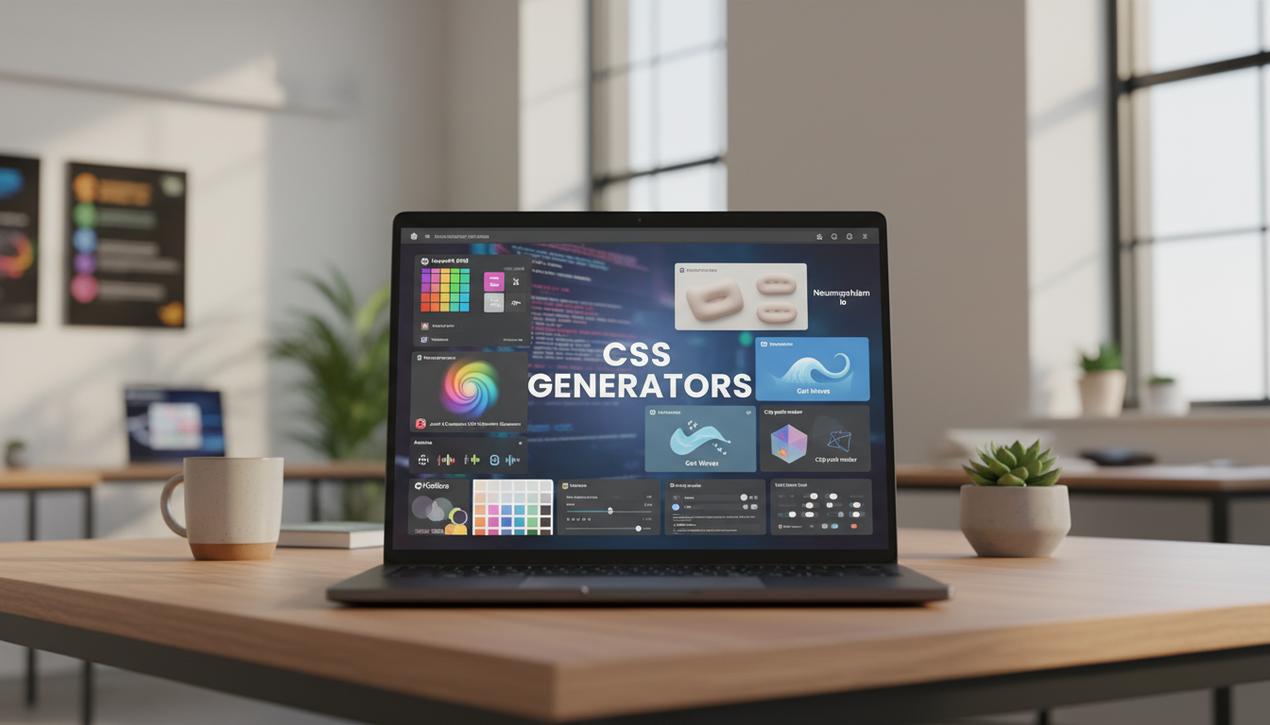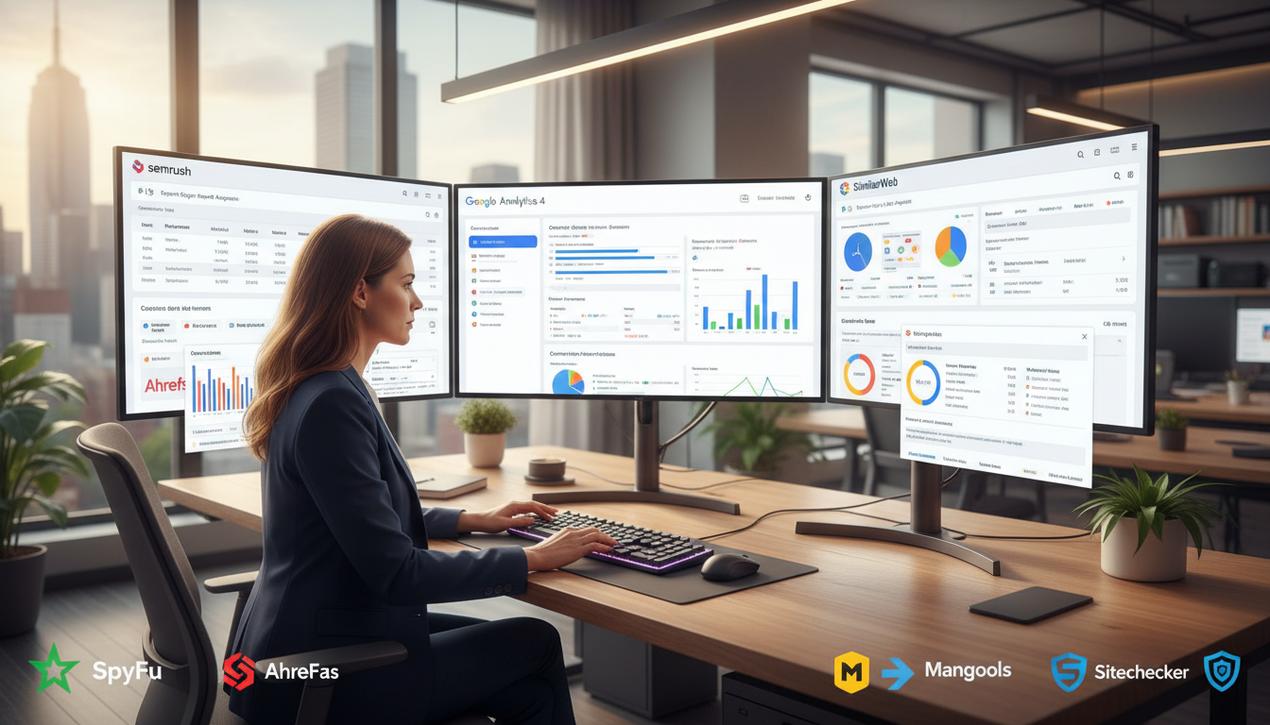The 13 Best No-Code Website Builders for 2025


Website creation, once the exclusive domain of developers, is now accessible to everyone thanks to the no-code revolution. This approach, which favors graphical user interfaces and drag-and-drop functionality, allows for the construction of complex websites and applications without writing a single line of code. The market for no-code development platforms is experiencing explosive growth and is projected to exceed $187 billion by 2025. This surge is driven by an unprecedented democratization of technology, empowering entrepreneurs, marketers, and creators to bring their ideas to life quickly and affordably. The integration of artificial intelligence is further accelerating this trend by automating design, content creation, and even SEO. With an ever-expanding array of options, choosing the right tool is crucial. This comprehensive guide analyzes the 13 best no-code tools of 2025 to help you select the ideal platform for your project.
The Rise of No-Code: A Digital Revolution
No-code is more than just a technological trend; it represents a paradigm shift in how digital products are designed and developed. By removing the barrier of programming languages, it grants unprecedented autonomy to non-technical teams, often referred to as “citizen developers.” This approach drastically reduces time-to-market, sometimes cutting the journey from idea to functional product by a factor of ten. Furthermore, development costs are significantly lowered, making innovation accessible even to startups and SMBs with limited budgets. The key trend in 2025 is hyper-automation, where no-code tools integrate natively with third-party services like Zapier or Make, enabling the creation of complex workflows that connect hundreds of applications without manual intervention.
All-in-One No-Code Platforms for Beginners
For those just starting out, several platforms offer a complete and intuitive experience, from hosting and design to launching your site.
1. Hostinger Website Builder
Hostinger has established itself as an extremely competitive all-in-one solution. Designed for beginners, its platform combines high-performance hosting with a very intuitive drag-and-drop editor. Its main advantage lies in its integrated AI tools: the AI Builder can generate a custom website in minutes, the AI Writer assists with content creation, and the AI Logo Maker simplifies creating a visual identity. For e-commerce, Hostinger allows you to sell up to 500 products without charging a commission, offering multiple payment options.
2. Wix
A giant in the industry, Wix continues to innovate to remain accessible and powerful. Its ADI (Artificial Design Intelligence) technology can create a site for you after you answer a few questions. For more control, the classic editor provides almost total design freedom. Its App Market is one of the most extensive available, allowing you to add advanced features like bookings, forums, and events in just a few clicks. It’s an excellent choice for small businesses, portfolios, and event websites.
3. Squarespace
Squarespace is renowned for the elegance and quality of its templates. The platform targets creatives, photographers, and designers who prioritize aesthetics. Its section-based editor is slightly more structured than Wix’s, which helps ensure a consistent and professional design. Squarespace also integrates robust marketing tools, such as email campaigns and comprehensive e-commerce features, making it a highly integrated solution for launching and promoting an online business.
4. Carrd
Carrd specializes in one-page websites. If your needs are limited to a landing page, a product showcase, or a personal profile, this is the fastest and most affordable tool on the market. Its simplicity is its greatest strength. In minutes, you can create a sleek, responsive site. Its pricing model, billed annually at a remarkably low cost, makes it an unbeatable choice for simple, focused projects.
Advanced No-Code Tools for Total Control
For designers and more demanding projects, certain platforms offer a level of flexibility that rivals coding, but in a completely visual environment.
5. Webflow
Webflow is the platform of choice for professional web designers. It provides granular control over HTML, CSS, and interactions without ever writing code. Its “Visual CSS Editor” is the closest you can get to traditional front-end development. Webflow also integrates a powerful and flexible CMS, perfect for blogs, news sites, or directories. Its hosting performance is excellent, and its e-commerce capabilities make it a serious alternative to Shopify for custom online stores.
6. Framer
Initially a prototyping tool, Framer has evolved into an extremely powerful website builder, often seen as Webflow’s main competitor. Its advantage is that it allows you to design and publish directly from the same interface. Designers can import their Figma mockups and transform them into interactive websites with complex animations and responsive breakpoints. It’s the ideal tool for those who want a seamless transition from design to production.
7. Siter.io
Siter positions itself as a bridge between design and the web, specifically for Figma users. Thanks to its official plugin, it can convert Figma designs into functional websites with one click. Siter’s editor then allows you to add animations, forms, and manage SEO. It’s a perfect solution for UI/UX designers who want to publish their creations without relying on a developer.
Beyond Websites: Creating No-Code Applications
No-code isn’t limited to informational websites. A new generation of tools allows for the construction of complex web and mobile applications, and you can even learn how to build a free Android app.
8. Bubble
Bubble is the undisputed leader for creating complex web applications. It enables you to build platforms like social networks, marketplaces, or SaaS tools. Bubble handles both the front-end (what the user sees) and the back-end (logic, database, workflows). Its learning curve is steeper, but the power it offers is unmatched in the no-code ecosystem for web applications.
9. Glide
Glide excels at creating mobile apps and internal portals from existing data sources like Google Sheets, Airtable, or Excel. In minutes, you can turn a simple spreadsheet into a functional app for managing inventory, an employee directory, or a product catalog. Its simplicity and speed of development are its main strengths.
10. Thunkable
Thunkable is a platform for creating native mobile apps. Its drag-and-drop editor allows you to build apps for iOS and Android from a single project base. It offers integrations with dozens of native components (camera, GPS, etc.) and third-party services, making it ideal for prototyping and launching real mobile applications.
11. Bravo Studio
With a “design first” approach, Bravo Studio transforms your Figma or Adobe XD mockups into fully functional native mobile apps. By adding specific tags to your design, you tell Bravo how to convert graphical elements into interactive components (buttons, lists, etc.). It then connects to external APIs to manage data, offering great flexibility for creating content-rich applications.
Hybrid and Specialized Solutions
Some well-known tools can also be used in a no-code approach, offering unique flexibility.
12. WordPress with a Page Builder
WordPress, the world’s most popular CMS, can become a powerful no-code platform when paired with a page builder like Elementor, Divi, or Beaver Builder. These extensions add a drag-and-drop interface that replaces the default WordPress editor, allowing for the creation of complex layouts and custom designs without touching code. This combination offers the best of both worlds: the flexibility of its plugin ecosystem, including the best booking plugins, with the simplicity of a visual editor.
13. Dorik
Dorik is a flexible and highly affordable platform, particularly popular with agencies and freelancers. It comes with hundreds of templates and UI blocks to quickly assemble modern websites. Dorik stands out for its excellent value and native integrations with popular tools like Mailchimp, Google Analytics, and Zapier, making it a credible and economical alternative to more expensive platforms.
The no-code movement has definitively transformed the digital landscape, making web and app creation accessible to all. The choice of the perfect tool in 2025 will depend entirely on the nature of your project. For a stylish portfolio site, Squarespace or Wix are safe bets. For an ambitious design project, Webflow and Framer offer unparalleled control. If you’re aiming to build a complex web application, Bubble remains the benchmark. The key takeaway is that these tools are not just workarounds; they are robust and scalable platforms on which multi-million dollar businesses have been built. By choosing wisely, you too can turn your ideas into digital reality, faster and more efficiently than ever before.




